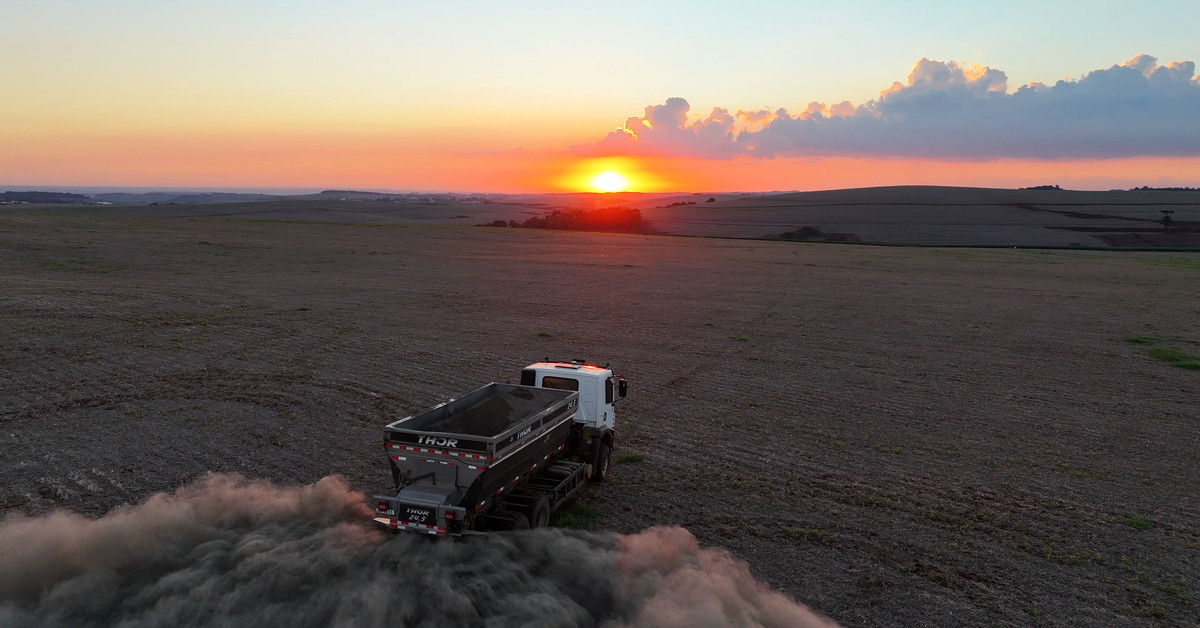===========================================================
Companies Team Up to Tackle Climate Change through a Low-Tech Strategy
In an effort to combat the devastating effects of climate change, several big companies have partnered with Terradot, a startup that uses enhanced rock weathering (ERW) to trap carbon dioxide using rocks. The initiative, led by Frontier, includes Google, H&M Group, and Salesforce, which collectively agreed to pay $27 million for Terradot to remove 90,000 tons of carbon dioxide from the atmosphere.
A New Player in Carbon Removal
Terradot’s ERW strategy involves crushing rock into a fine powder and spreading it over a large area. This accelerates the natural process of weathering, which breaks down rocks and releases calcium and magnesium ions that react with CO2 to form bicarbonate, trapping the gas in water. The treated groundwater eventually makes its way to the ocean, where the carbon is stored.
Terradot’s Mission
Terradot aims to deploy ERW technology on a large scale to effectively counteract climate change. With a 2029 deadline for their initial deal with Frontier, they plan to capture an additional 200,000 tons of CO2 by the early 2030s for Google.
How it Works
- Basalt Quarrying: Terradot sources basalt from quarries in southern Brazil.
- Rock Processing: The rock is crushed into a fine powder.
- Application: The powdered rock is applied to agricultural land, where it’s used as a soil amendment.
- Weathering: The rock breaks down, releasing calcium and magnesium ions that react with CO2.
Challenges Ahead
While the ERW approach has significant backing from big names like Google and Sandberg, there are still concerns about its cost-effectiveness and scalability. Measuring the effectiveness of Terradot’s technology is another challenge. It’s difficult to quantify how much CO2 is captured based on soil samples alone.
The Importance of Measurement
Measuring the carbon sequestered through ERW accurately is crucial. However, this requires rigorous measurement tools that are still in development. Terradot plans to assess CO2 capture by analyzing soil degradation over time and tracking bicarbonate levels in treated water.
A Step Towards Sustainability?
While ERW shows promise as a low-tech approach to carbon removal, it’s essential to remember that it’s not a substitute for reducing greenhouse gas emissions. The technology can be used alongside clean energy solutions to help mitigate the effects of climate change. However, its impact is still relatively small compared to other approaches.
Industry Response
Google has signed the largest ERW deal to date, but even 200,000 tons of carbon removal represents only a fraction (1.4%) of the company’s annual CO2 emissions. This highlights the need for both emission reductions and sustainable technologies like ERW.
Conclusion
Terradot’s innovative approach to carbon capture through enhanced rock weathering has garnered significant attention from industry leaders. While challenges remain, this low-tech strategy offers a new perspective on addressing climate change alongside clean energy solutions.




